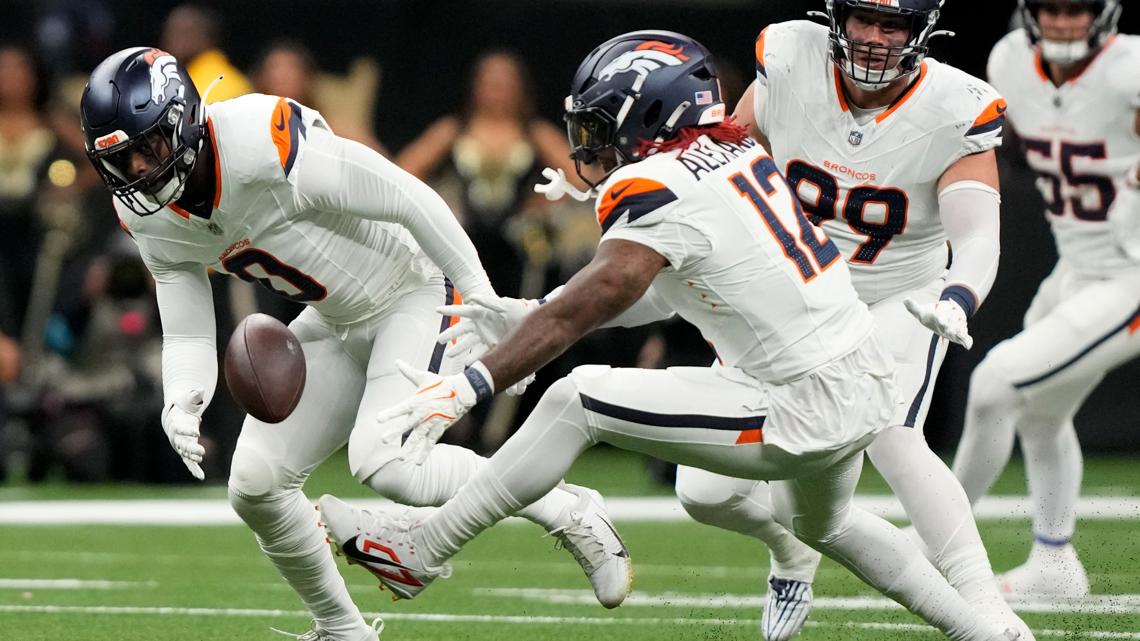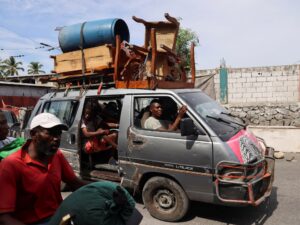The NFL deadline is the same as Election Day — fast approaching.
ENGLEWOOD, Colo. — There was a time when Sean Payton all but ignored the in-season trading period.
Then as the trading deadline moved from after week 6 to after week 8, the Denver Broncos’ head coach became open to adding a piece that filled a hole. But it was more a tinker to the roster than a jolt.
With the NFL trading deadline now after week 9 – 2 p.m. Tuesday, Nov. 5, or 11 days away (or Election Day) – the Broncos should have a better idea where they stand and what they could use for the season’s second half push. Currently, the Broncos are 4-3 and in AFC wild-card contention. They are 10-point favorites this Sunday at home against Carolina but currently listed at about 10-point underdogs the following week at the Baltimore Ravens.
Buy or sell, either way Payton’s history with the trade event suggests the Broncos don’t figure to be overly active. Broncos’ general manager George Paton is in charge of making and accepting trade communication this time of year. And George Paton has been known to make headline deals when he previously had final-say authority, getting nice hauls in return for dealing away pass rushers Von Miller in 2021 and Bradley Chubb in 2022.
But that’s when the Broncos were in clear seller mode. The 2024 Broncos are foremost Sean Payton’s team and he figures to ultimately make the call on whether to add or subtract from his roster.
Here are the trades Payton’s teams have made at the in-season deadline from his previous 10 seasons:
- 2023 (Broncos): Traded away OLB Randy Gregory and 7th-round pick to 49ers in exchange for 6th-round pick (which Broncos traded away). This was initially a release of the veteran Gregory followed by a little-something-is-better-than-nothing deal.
- 2021 (Saints): Acquired RB Mark Ingram from Houston for 7th-round pick.
- 2020: (Saints): Acquired ILB Kwon Alexander from 49ers in exchanged for injured ILB Kiko Alonso (who never played after 2019) and 5th-round pick.
- 2019: (Saints): None
- 2018 (Saints): Acquired CB Eli Apple from Giants in exchange for 4th and 7th-round picks.
- 2017 (Saints): Traded away RB Adrian Peterson to Arizona for a 6th-round pick.
- 2016: (Saints): None
- 2015: (Saints): None
- 2014: (Saints): None
- 2013 (Saints): None


Alexander is now with the Broncos, a week 4 free-agent pickup following the season-ending knee injury to Alex Singleton. After sitting out hist first three games as a Bronco, Alexander was moved into the starting lineup last Thursday against his former Saints.
“You’ve got to learn fast,’’ Alexander said about getting traded in-season. “Learn fast and adjust so you can go out there and be yourself and play fast. You have to study a lot. Once you get it and once you practice it, it all becomes the same thing. It’s just terminology is all.”
Still, this isn’t like baseball where a player can step right in with his new team after the trade deadline because the competition is pitcher vs. hitter regardless of the uniform. In football, there’s a whole new system and playbook to learn and that takes time. There is also a stronger chemistry component in football, not only within the locker room but in the coach-player relationships.
Rarely do in-season trades make an impact on a team until later in the season, if at all.
And then there’s the emotional blow the traded player must get past.
“At first I was sad,’’ Alexander said. “I was in San Francisco and we had just gone to the Super Bowl and I had built a lot of relationships with those guys. There’s a lot that goes into it, get up and move. But whatever team wants you, you have to go over there and do your best. Once I got over there to New Orleans I had fun there. I played at LSU so I was very familiar with New Orleans. I just had fun and took it for what it was.”
Alexander took one week to learn the Saints’ playbook following his midseason 2020 trade, then started the next seven games and hung around to start for them the following season. Apple also started for the Saints the rest of the 2018 season and the following 2019 season. Same with Ingram, who was inserted into the Saints’ running back rotation for the rest of the 2021 season, and stayed through 2022.
Which brings up another Payton trade deadline trend: He’d rather acquire a player for both the short- and long-term, rather than a rent-a-player.








More Stories
Bronco notes: Defensive success brings second-chance head coach buzz to Vance Joseph
Notable events in Ball Arena’s 25-year history
Nuggets honor Hall of Famer Dikembe Mutombo during season opener